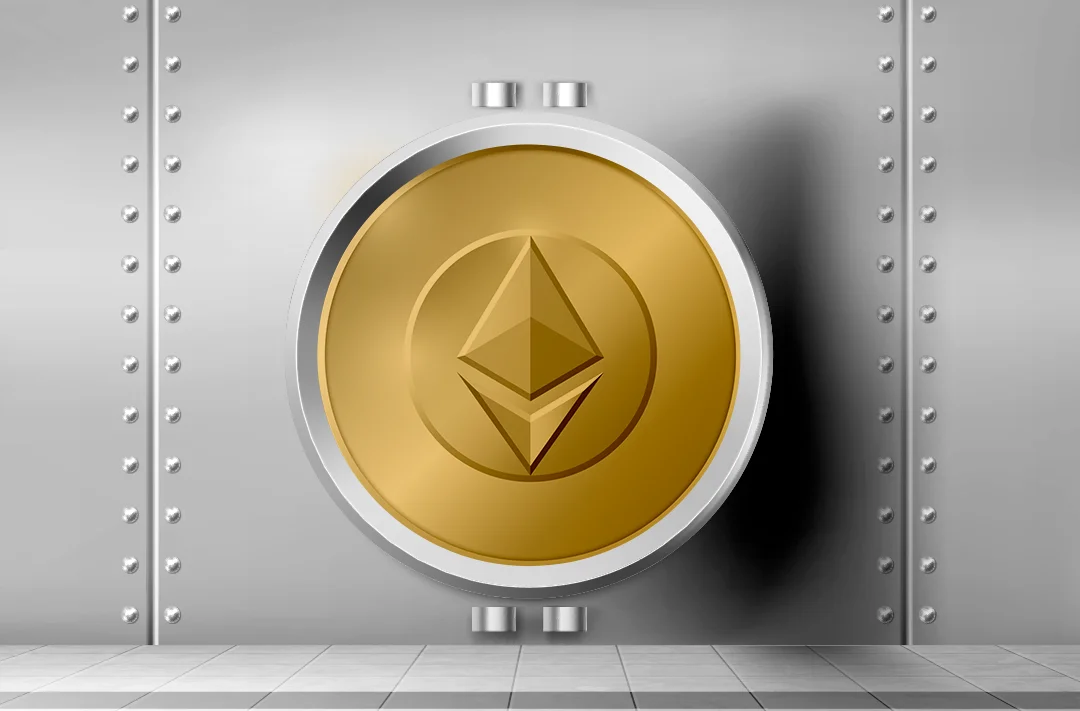The next stage for Ethereum. When coins can be withdrawn from staking
With the Shanghai upgrade, validators will be able to withdraw assets locked in staking, but its exact timing is in question

03.12.2022
1237
3 min
1
Ethereum’s next major upgrade will give validators the ability to withdraw locked assets from staking. Developers have difficulty giving an exact timeline for the launch of the new phase for ETH, and determining a list of technical tweaks to the network.
Two months have passed since the Ethereum blockchain switched to the Proof-of-Stake (PoS) algorithmas part of The Merge upgrade. Now, investors whose coins are locked in staking are eagerly awaiting the exact timing of the network’s next phase: Shanghai. The next item on Ethereum’s updated roadmap should include EIP-4895, which will allow coins to be withdrawn from staking.
For now, Ethereum validators, cannot withdraw coins from a staking contract or the reward that accrues for validating blocks on the network on demand. Instead, they all have to rely on liquidity tokens representing their assets.
For a while, Ethereum developers and Ethereum Foundation representatives said that withdrawals would most likely be possible 6–12 months after The Merge. Now, however, the situation has changed somewhat. The Ethereum Foundation has removed the approximate timeline for the Shanghai upgrade from its website, and developers in meetings and discussions are just as unable to give specific timelines.
Eight myths about Ethereum’s migration to Proof-of-Stake
Validators are probably wondering when they will be able to get their funds, especially in a market where sentiment is understandably fearful after the FTX fiasco, whose users lost access to assets. Any, even absurd, rumors about the failure of a particular project, directly affect the actions of some investors.
According to Marius van der Wijden, one of Ethereum’s core developers, the exact date depends on several factors, but at the moment March of next year seems likely for a Shanghai launch.
“It’s so hard to schedule because a lot of people want to get their EIP included in Shanghai, and they are in different states of readiness,” Wijden told Fortune. It is not easy to determine which EIPs are really needed first, yet are easy enough to integrate and are already in a state where they can be used by everyone involved, the developer explains.
There is a debate among the development teams about what other proposals (EIPs) should or should not be implemented in Shanghai, along with EIP 4895 for withdrawals. The more complicated proposals that are included in the release, the more time teams will need to prepare.
After The Merge. What Vitalik Buterin considers the most important for Ethereum
Ethereum Foundation representatives also say that if other important proposals are decided to be included in Shanghai, it could delay the upgrade. For now, developers largely agree that EIP 4844 for “protodanksharding,” the long-awaited Ethereum scaling solution, should come separately from EIP 4895 for withdrawals. However, the discussion continues.
In October, developers launched a testnet for the Shanghai upgrade called Shandong. The testnet is designed to give developers a chance to try out potential EIPs for problems and then decide on an upgrade date. More than 15 million ETH coins are locked in staking contracts.
Useful material?
Articles
How the largest cryptocurrency exchange’s initiatives help it maintain its leadership
Nov 19, 2022
Articles
What fan coins are needed for and what events contribute to their growth
Nov 16, 2022
Articles
Why Binance set the trend to publish transparent data on available funds
Nov 14, 2022
Articles
The journalists got acquainted with the documents revealing the details of the financial condition of the exchange
Nov 13, 2022
Articles
Desperate traders with stuck assets resort to semi-legal schemes to save deposits
Nov 11, 2022
Articles
Experts predict when to expect new peaks of the crypto market by analyzing its previous cycles
Nov 10, 2022









 Telegram
Telegram  Twitter
Twitter